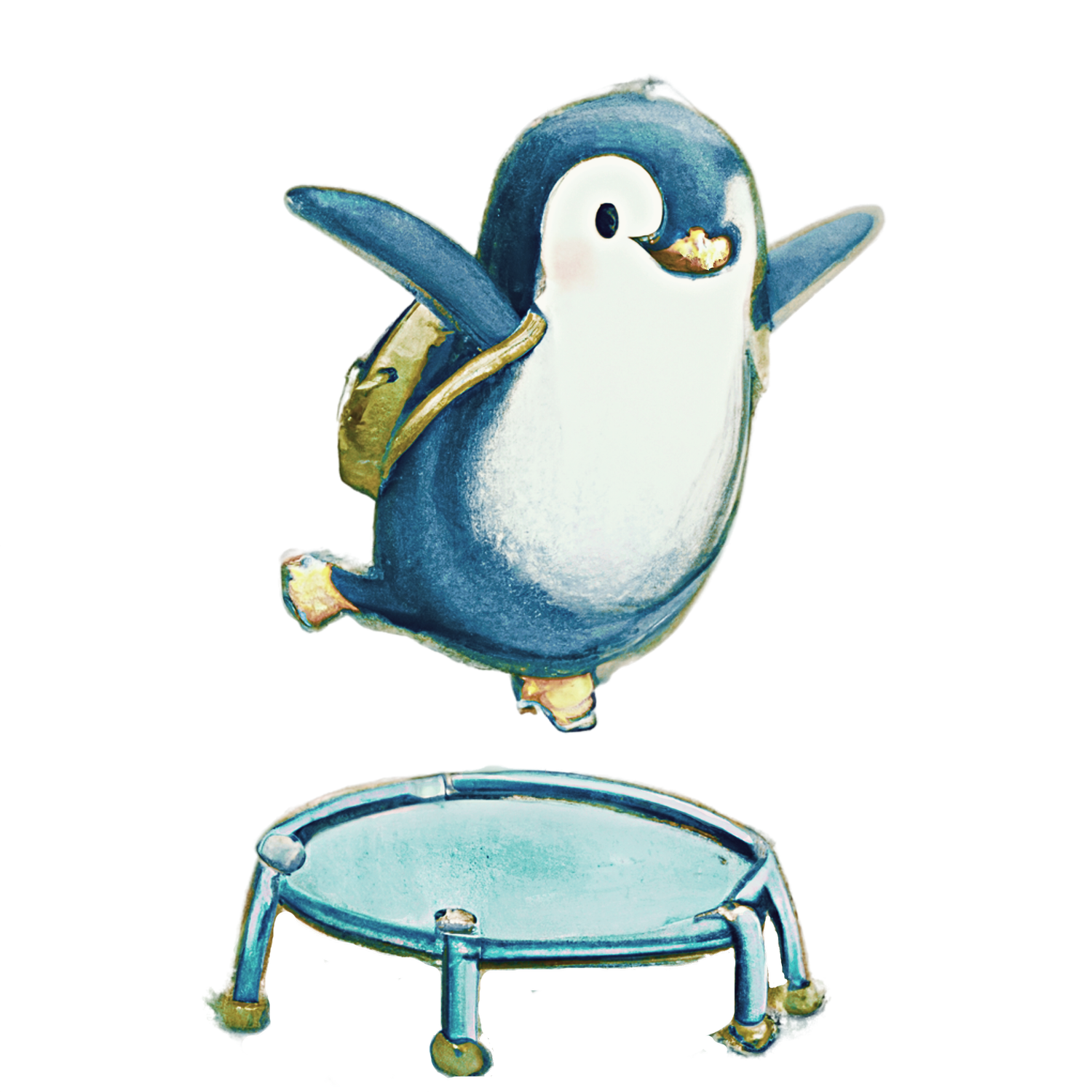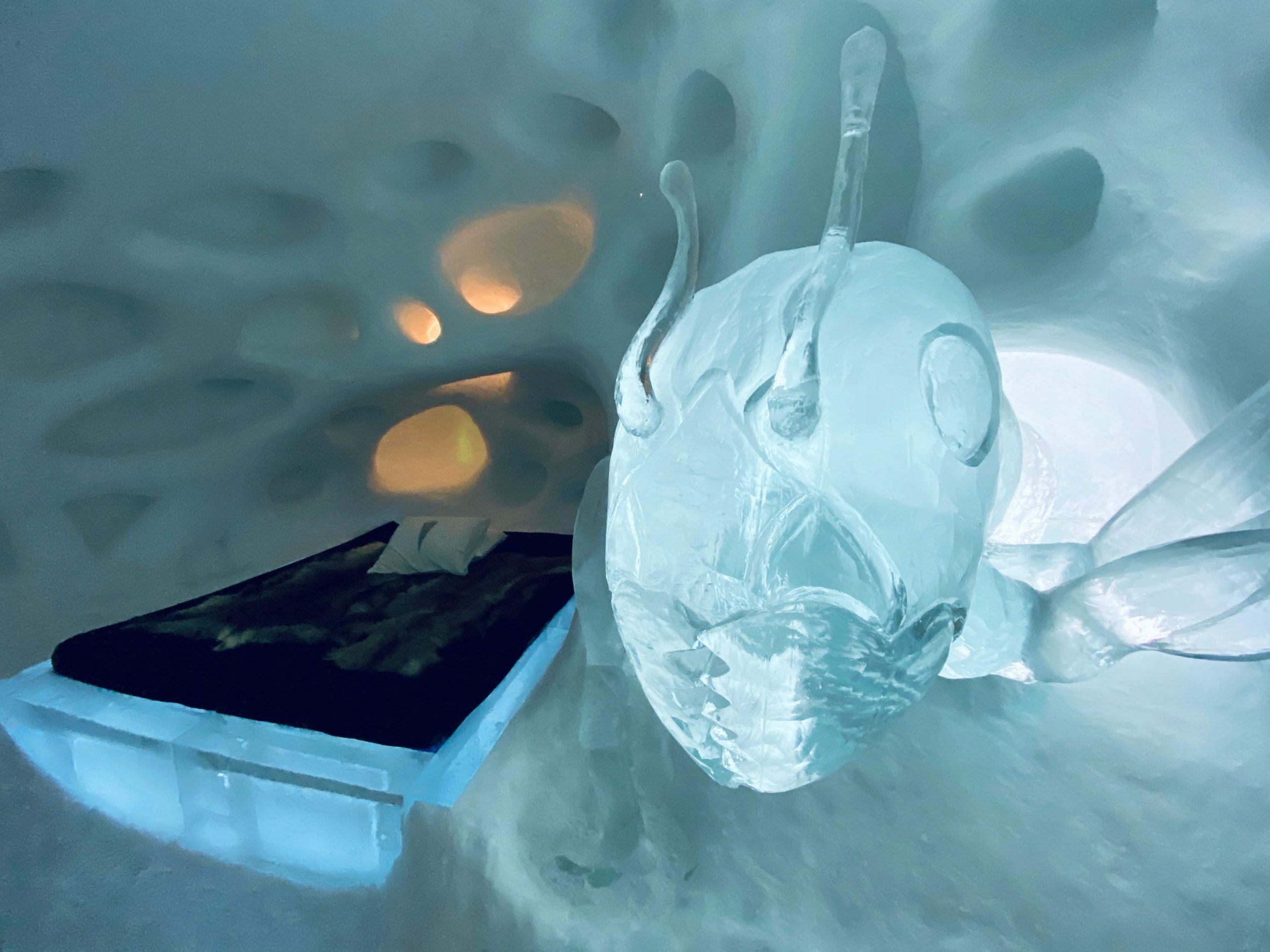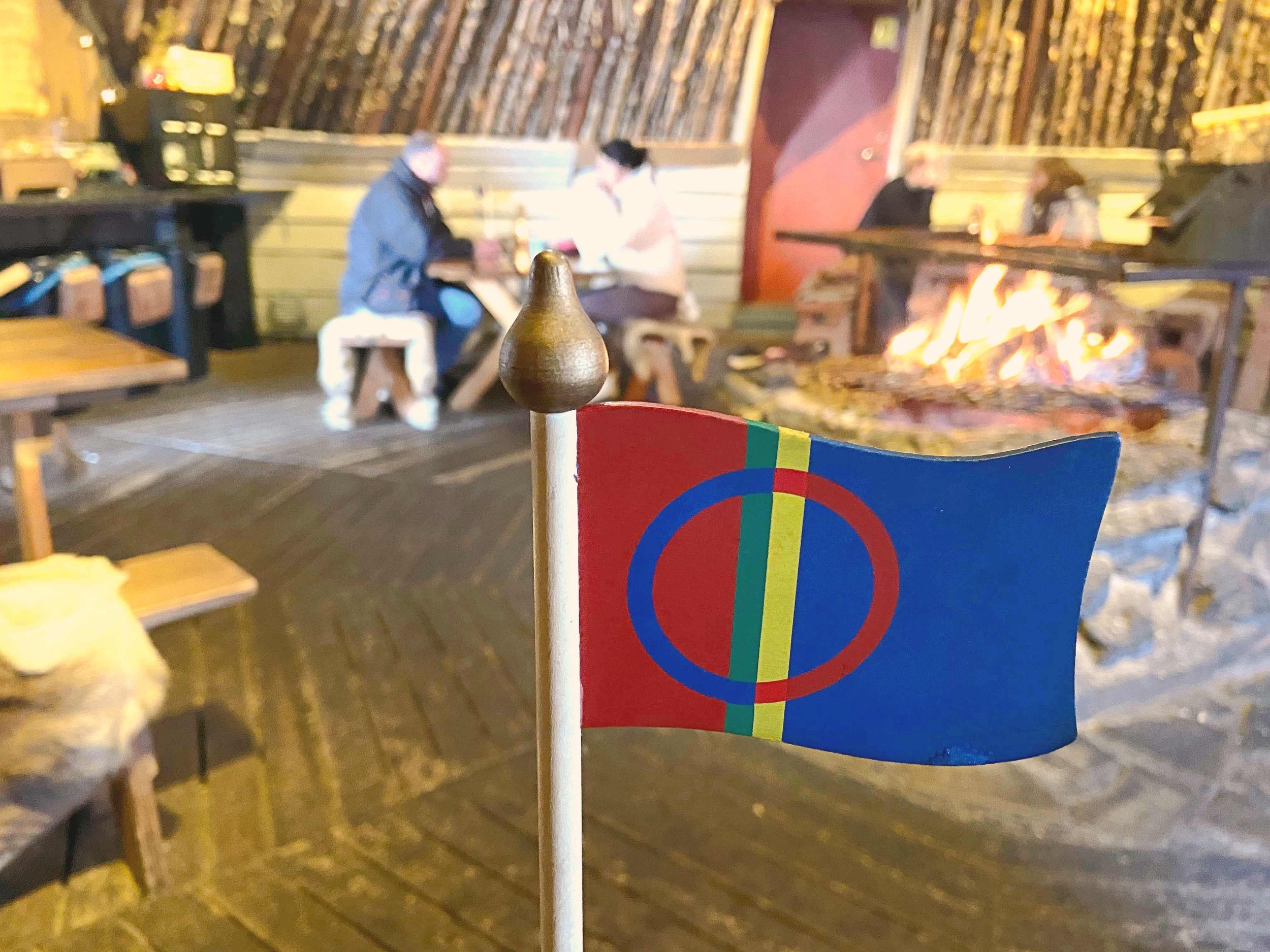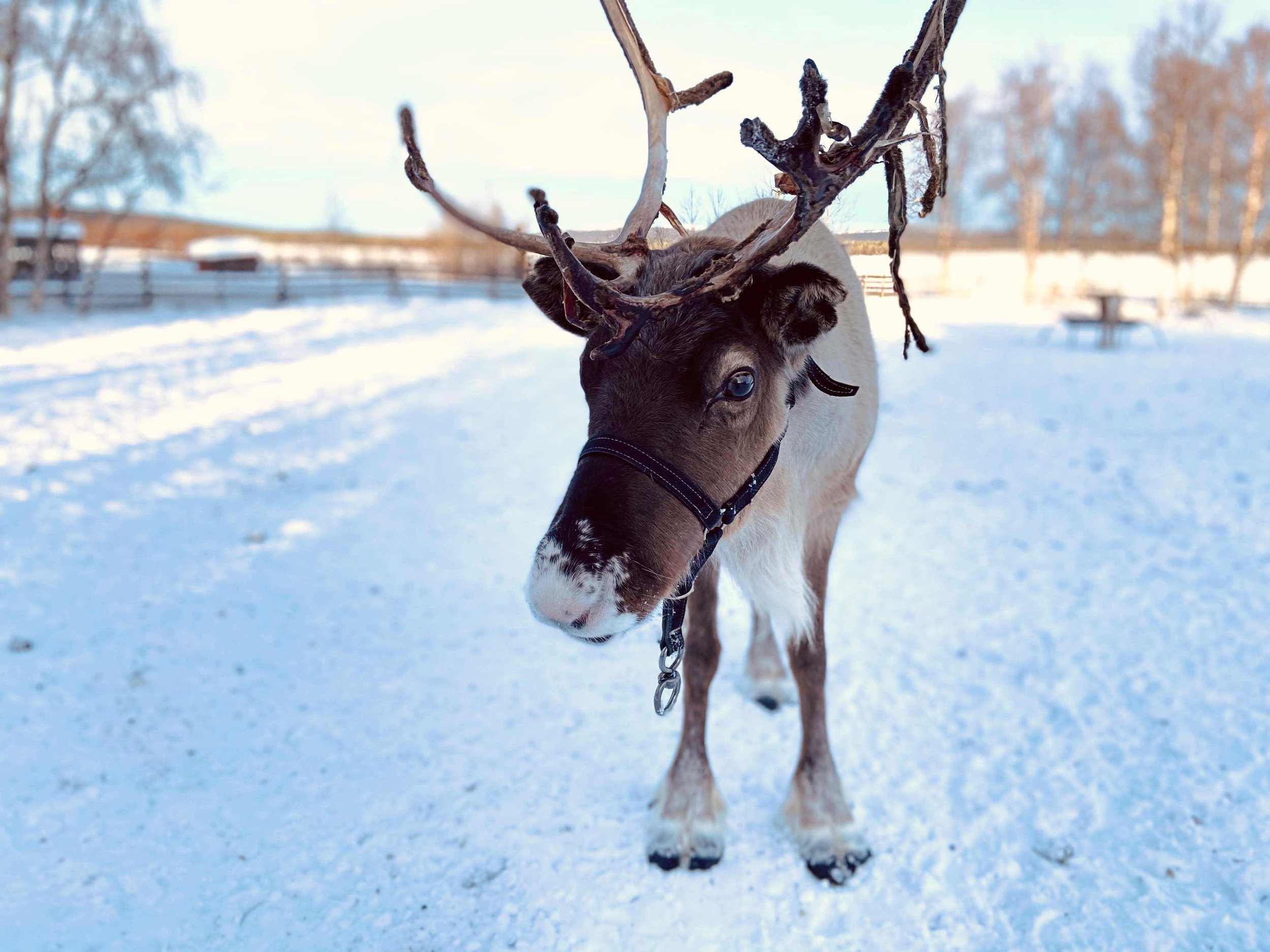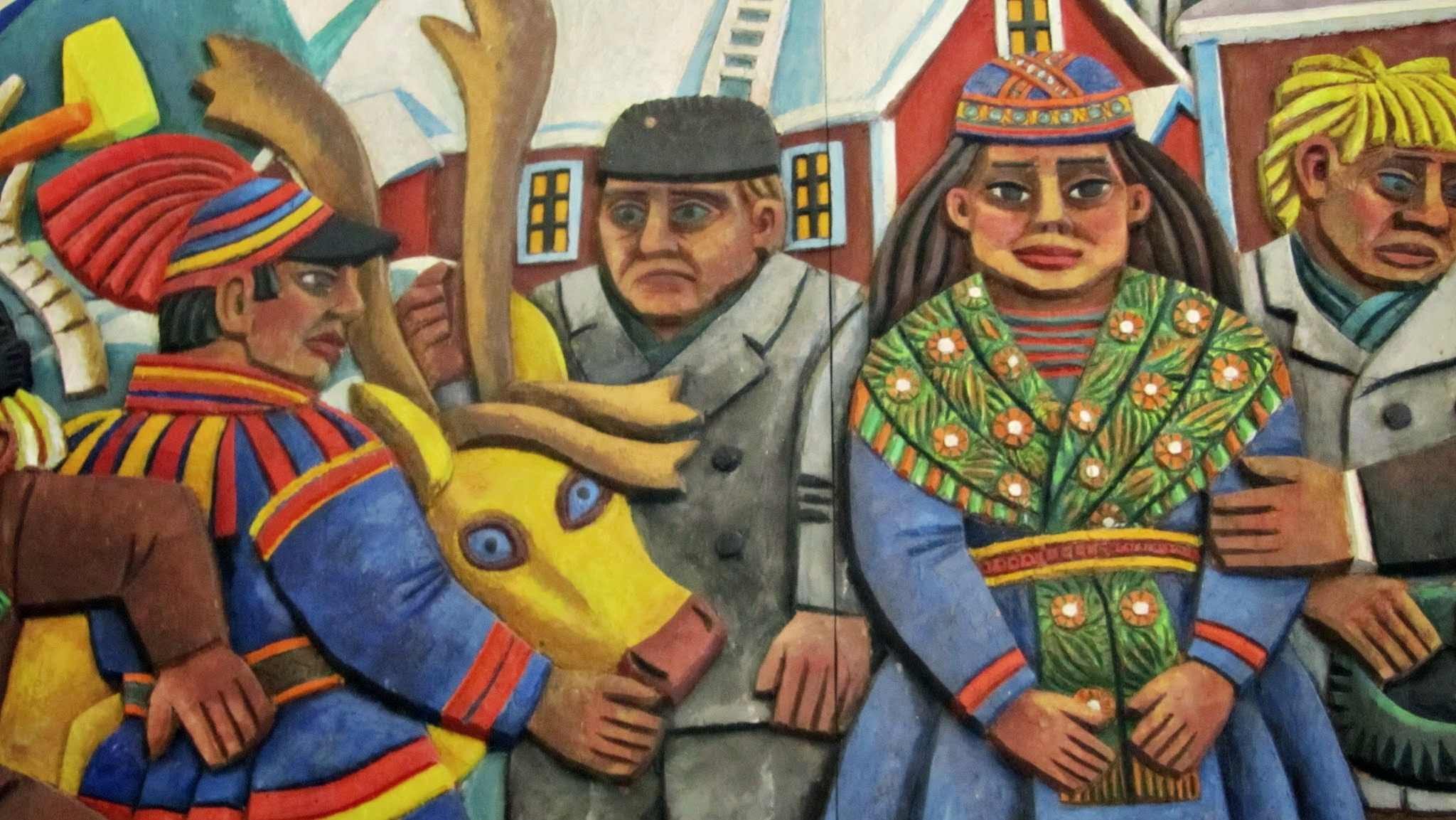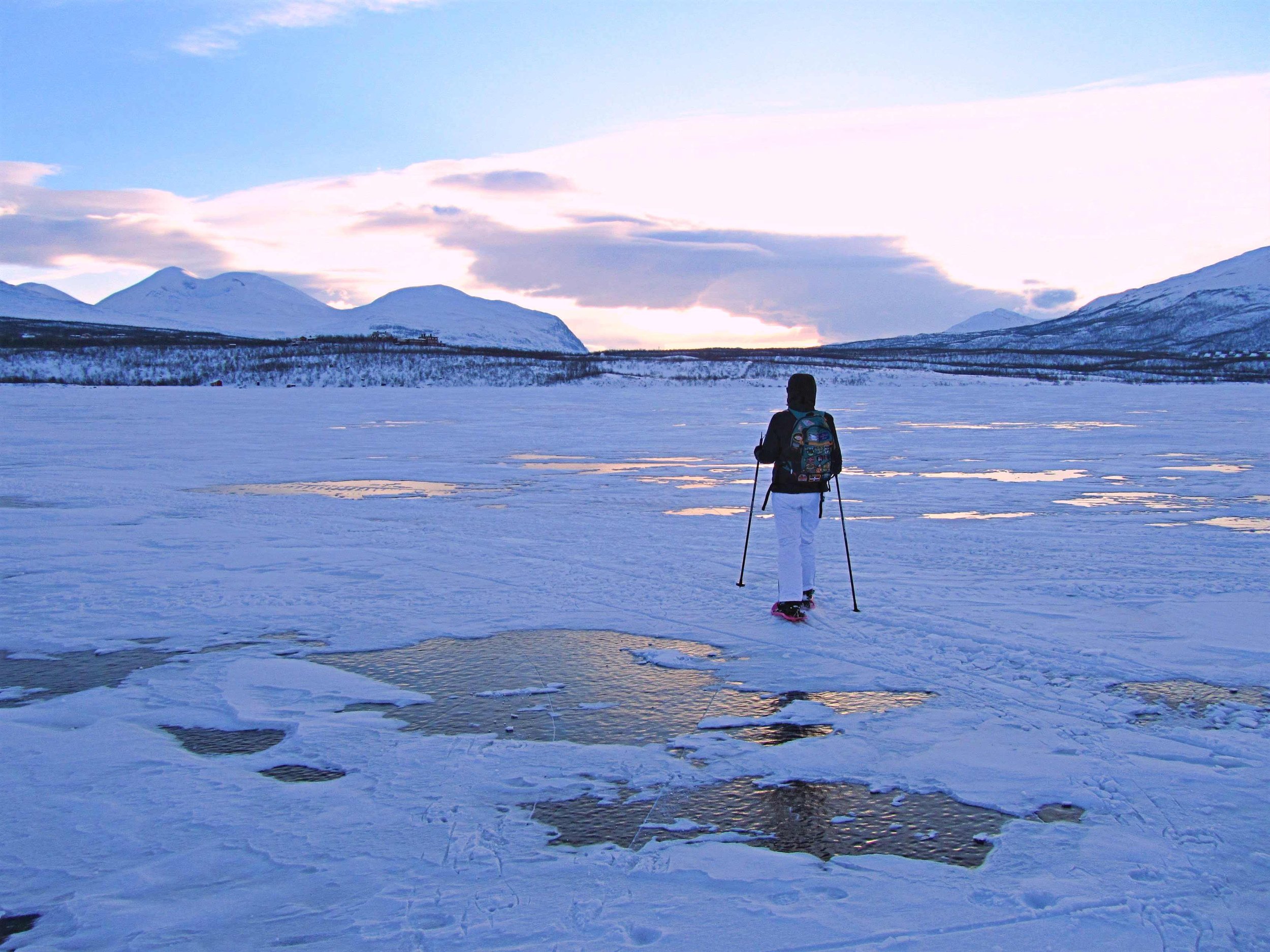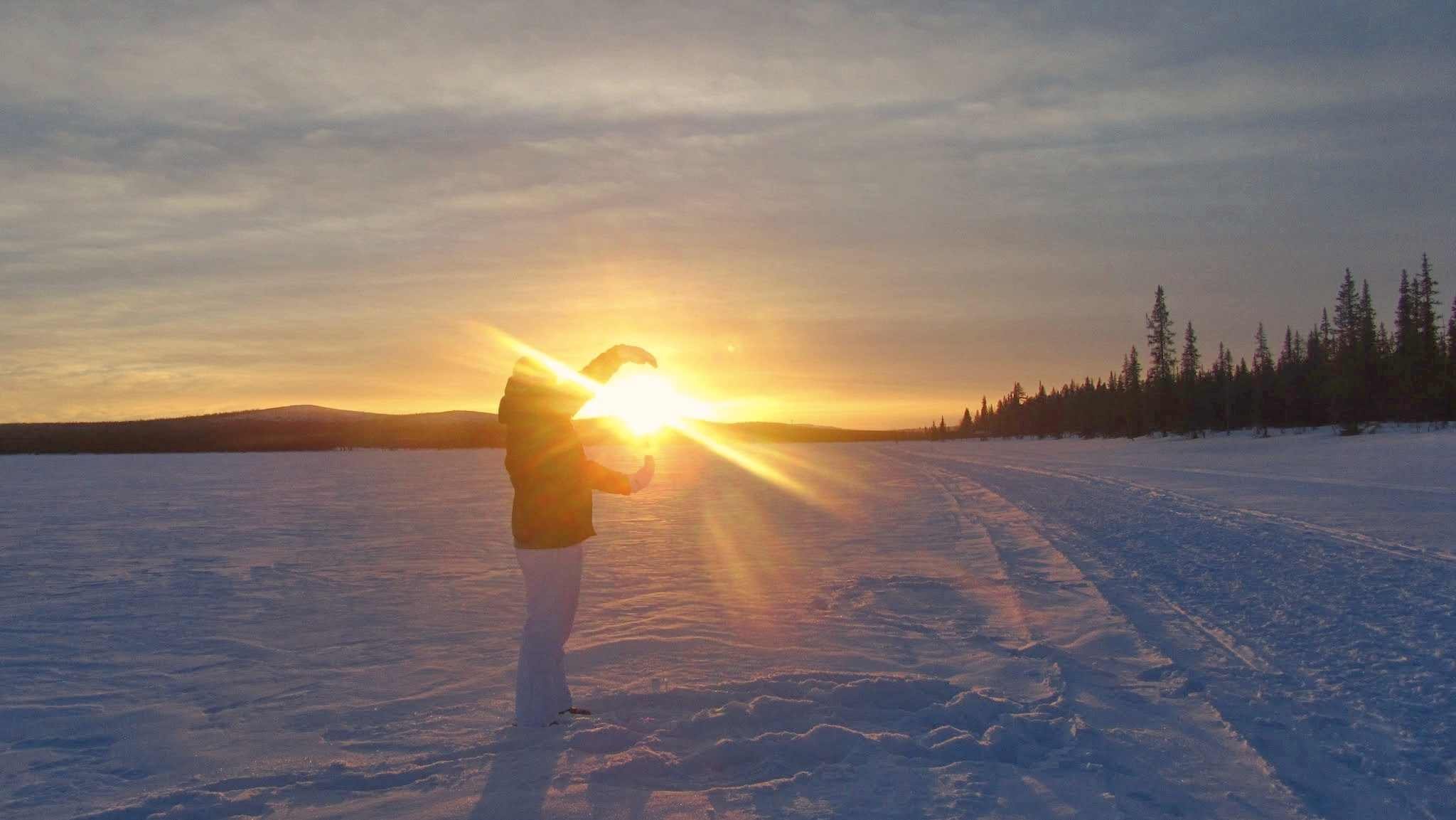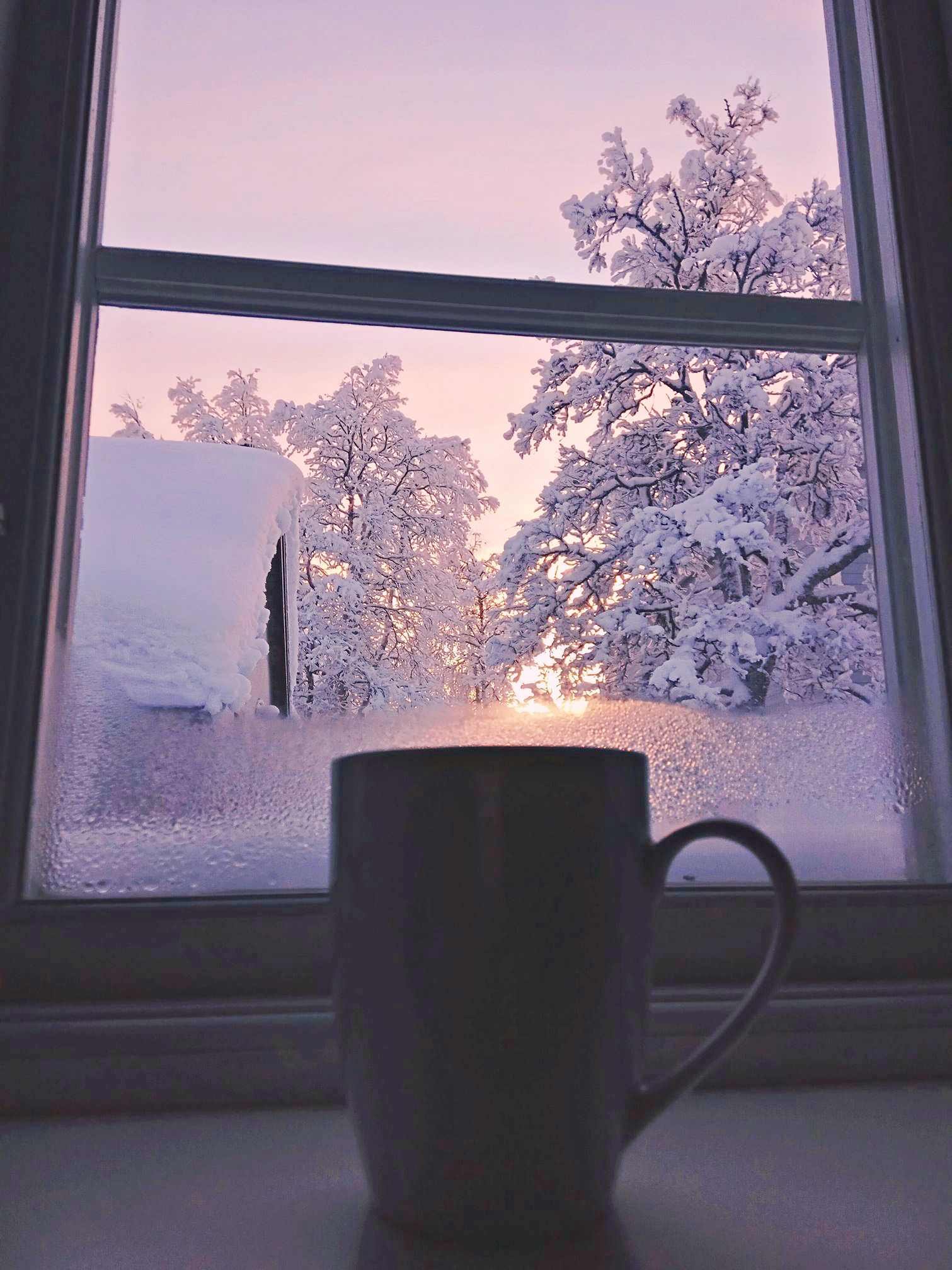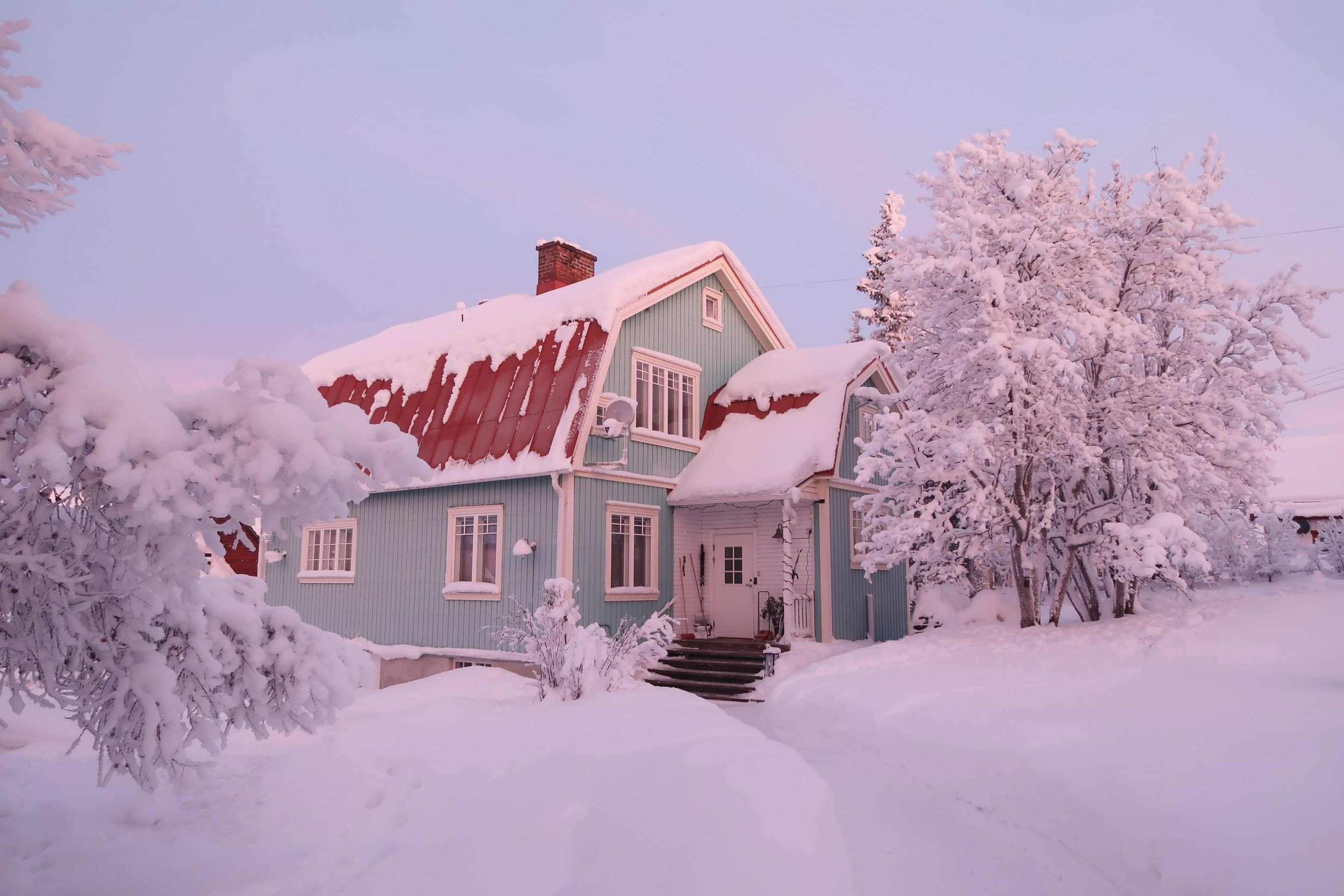Things to Do in Swedish Lapland: Why We Love Kiruna
Our favorite Lapland, where we’ve been 7 times and counting
Mushing thrill near Kiruna, Swedish Lapland
Last update: October 29, 2025
Kiruna is one of our happy places.
Eli has been there no less than 6 times and counting — taking Spaniards, Italians and French friends with her — and it was the first Arctic destination she took Jake to when he moved to Europe.
Yet, Swedish Lapland is not the most visited. Finnish Lapland is more popular due to Rovaniemi’s Santa Village, and Norway’s Troms and Finnmark regions attract visitors from all over the world. In fact, many of our followers and readers hesitate between Kiruna vs Rovaniemi, or Kiruna vs Tromso.
So, find out why Kiruna is so special to us, and our best tips to explore this beautiful corner of the Arctic.
Plan your trip:
Find your dream hotel, rent a car to explore Swedish Lapland, or book a local tour — everything starts here.
When to see the northern lights in Kiruna
The aurora season in Kiruna runs from late September to early April, with the best viewing usually between December and February, when nights are longest and skies clearest.
On a calm night, you can often see the lights right from town — though it’s always better a little outside the glow of streetlights.
For photo settings, gear advice, and the best Northern Lights destinations across Scandinavia, check out our full 👉 Northern Lights Hub.
Where is Lapland, exactly?
If you’re a bit confused about geography, don’t worry!
Lapland, or Sápmi, is not a country, but a region spanning over four countries: Sweden, Norway, Finland and Russia.
Its indigenous inhabitants are the Sámi people. But we’ll come back to that.
Many people mistakenly think that Lapland is just Finland, probably due to the great marketing efforts around Santa Claus Village in Rovaniemi.
🐺 In Lapland’s endless forests, wolves move like shadows — powerful, elusive, and rarely seen. They remind you that the Arctic isn’t empty; it’s alive and listening.
To stay connected with these wild northern spirits, Fahlo’s Wolf Bracelet supports conservation and lets you follow a real wolf’s journey through the wilderness.
❄️ Our readers get 20% off here: Follow a wolf with Fahlo
Why did we visit Kiruna 6 times — and counting?
Authentic Lapland
In the awesome TV show “Midnight Sun”, the main character Anders says something about Kiruna that we totally agree with: “I like this town, it’s unpretentious.”
And it’s exactly why we love Kiruna. It’s genuine, authentic, without anything to prove.
Yes, there are some tourists, but it never feels like a tourist hot spot or a tourist trap.
Locals are extremely welcoming. They’ll offer you a ride if you need one, and they won’t hesitate to help. We must say Sweden is a very friendly country in general, and even more so in the North.
Eli visited for the first time when she was a student at Dalarna University. It was love at first sight. She fell in love with the Arctic, decided to write her Master’s thesis on Polar destinations, and has visited an Arctic region once or several times a year ever since — now with Jake!
Crime stories in Kiruna
The Nordic countries are some of the safest in Europe, but it doesn’t prevent their inhabitants to have a wild imagination!
If you like crime stories, watch the TV show “Midnight Sun” and read Åsa Larsson’s books. They take place around Kiruna!
A city on the move
Every time we visit Kiruna, it looks different. And there’s a very peculiar reason for this: The town is in the process of being moved.
The reason for this significant undertaking is due to the underground mining activities of the state-owned mining company, LKAB — also featured in “Midnight Sun”.
The town of Kiruna sits on top of one of the world's largest iron ore deposits, and extensive mining operations have caused ground subsidence and instability.
To ensure the safety and sustainability of the town, LKAB and the local government have embarked on a relocation project. The new town center is being built about 3 kilometers (1.9 miles) east of the current location.
The move is a complex process involving the relocation of thousands of residents, businesses, and infrastructure. It's a unique and ambitious urban planning project aimed at preserving the town's heritage and community while adapting to the demands of the mining industry. They actually moved the church this summer 2025!
Cheaper than the other Lapland
While Nordic destinations are never cheap, Swedish Lapland is globally more affordable than other parts of Lapland (i.e. Norway and Finland, because Russian Lapland is obviously not accessible as of this writing).
Check our article on How to travel cheaper, and keep reading for our best tips!
Dry cold
We won’t sugar coat it. Lapland is cold in winter. And it’s not rare for the temperature to drop to -20ºC or -30ºC in January and February. But it’s part of the experience, right?
Icy branch on the Torne River
There’s nothing like waiting for the northern lights in this icy and silent winter wonderland, in a middle of a frozen lake, interrupted only by the dogs howling.
And this is when you get the true winter Lapland, with frozen rivers and lakes, and trees covered in a thick blanket of snow.
Locals actually enjoy it as they can drive their snowmobile everywhere, making distances much shorter!
Penguin Trampoline tip:
Don’t take your gloves off for too long, and cover your face.
Having thin gloves underneath snow gloves or mittens is a good idea to take pictures!
Invest in Gore-Tex shoes or snow boots, paired with woolen socks.
And wear layers!
However, it’s a dry cold, which means that with the proper gear and layers, you’ll be just fine. It can be a lot nicer to spend the day outside at -30ºC with a dry cold, than at -10ºC with humidity!
What to do in Kiruna?
Mine tour
The Kiruna Mine, operated by LKAB (Luossavaara-Kiirunavaara Aktiebolag), is one of the largest underground iron ore mines in the world.
The mine offers guided tours that provide you with insights into the mining operations, history, and technology involved in extracting iron ore from deep underground.
You can learn about the geology of the area, the mining process, and the environmental considerations involved in mining operations.
One piece of advice: Don’t watch “Midnight Sun” before going!
The Solar Egg sauna, created by Riksbyggen in collaboration with Bigert & Bergström, originated in Kiruna.
First unveiled in 2017 at the Luossavara ski resort, it embarked on a global tour, including Björkliden, Paris, Stockholm, Copenhagen, and Minnesota. Now, it has returned to Swedish Lapland, at the Icehotel in Jukkasjärvi.
Dog sledding (winter)
Kiruna’s surroundings are ideal for dog sledding, and you’ll find dozens of awesome dog sledding companies.
Sled dogs are rooted in the local culture, and the pups are well taken care of.
Don’t be shocked to see them sleeping outside at -30ºC. These breeds have wolf lineage and are meant to be in the cold. They actually suffer when it’s too hot!
Some dogs are friendlier than others with visitors, but remember: they’re wild and on a mission!
Eli in her happy place, on a mushing ride near Kiruna.
While some destinations don’t let you mush, you can totally mush your own sled in Lapland. We recommend booking a tour of at least half a day, to have the time to mush for a good while and also enjoy the landscape as a passenger.
Your guide will start by explaining the safety instructions. Pay attention, this is very important for your, and the dogs’ safety.
Most companies will let you cuddle with the puppies after the tour, if they have some. Cuteness overload!
They also usually offer a snack or meal around a fire or in a cozy lavvu (Sámi tent) after your thrilling adventure.
If you don’t have a rental car, they can pick you up in town.
Mushing during the day, in the snowy landscapes, is beautiful. But mushing at dawn, dusk or at night is even more magical. And the northern lights might show up!
Don’t think twice and go mushing: it’s addictive!
Polar nights, frozen lakes, and maybe a missed train or two.
Kiruna delivers Arctic magic—and the occasional travel curveball.
Stay covered with 5% off travel insurance from HeyMondo (and up to 15% during special offers). Because even ice hotels can get a little too cool.
Camp Ripan spa
After a whole day at -30ºC, a spa sounds like a good idea, right?
Last time we were in town, we tried Camp Ripan spa. The hotel was a bit out of our budget, but the spa price is pretty reasonable and totally worth it.
We loved the Sámi music and the outdoor hot tub! The northern lights didn’t show up, but what a great place to watch them if they do!
We also had a delicious dinner at the restaurant. Make sure to book in advance!
Northern lights
You can watch the northern lights from Kiruna. There’s some light pollution, but you can walk up behind Camp Ripan for a better view.
Check out our best viewing tips in our article Northern Lights for Dummies.
However, being outside of town is always better for northern lights watching. Bear that in mind when booking your accommodation!
Walking around town
A lot of visitors take a transfer — or a dog sled — straight to the Icehotel and don’t stop in Kiruna. Too bad for them, better for us!
Walking around Kiruna is really nice, especially in winter, when the mine is covered in snow, and the light goes from blue (polar nights) to pink (eternal dusk and dawn).
The church, named one of Sweden's most beautiful buildings in 2001, is especially gorgeous in a snowy landscape.
This iconic building, designed to resemble a hut of the Sámi people, will also be moved!
Drop by the tourist office for any advice or to check the bus schedule. You can also use the Wi-Fi, and take funny pics in the space photo call, a wink to the Esrange Space Center.
This rocket range and research facility is located near Kiruna and serves as a launch site for sounding rockets, high-altitude balloons, and other scientific experiments related to space exploration and atmospheric research.
You’ll also find a few souvenirs stores, including beautiful Sámi artifacts.
Eating out
For such a small town, there are several great options to eat!
If your budget allows, you can indulge in a fancy Nordic dinner at Camp Ripan.
We used to go to Café Safari a lot, but it’s unfortunately closed now.
When we have to wait a couple of hours in Kiruna before catching a bus, we also love to have a hot chocolate at the café on the second floor of the mall on Föreninsgatan.
Stejk Street Food
Our favorite affordable eatery is Stejk Street Food, which serves delicious reindeer and moose subs in a beautiful lavvu. We like it so much that it’s featured in our article on Arctic Foods!
What to do around Kiruna
Jukkásjärvi
Jukkasjärvi, home of the famous Icehotel, is really worth a visit. It’s accessible by bus from Kiruna, so you don’t need a car. There are also a couple of small grocery stores.
On the shore of the Torne river, the village is very picturesque, with traditional wooden houses. It’s nestled in an idyllic setting, surrounded by forests, lakes, and mountains.
Don’t miss its adorable Sámi church, at the end of the road.
It’s a fantastic base for any vacation in Swedish Lapland, as it offers a perfect mix of wilderness and accessibility.
The ICEHOTEL of Sweden
Most people go to Juskkájärvi to sleep at the famous, and original, ICEHOTEL.
While it’s a fantastic experience, it’s not cheap. The good news is, you can visit it even if you don’t stay there! It’s absolutely worth it: a whimsical ice museum. You can also have a drink at the bar, served in a glass made of ice!
Eli visited it 5 times and never gets bored, as the hotel changes every year. Yes, every winter, the Icehotel is rebuilt using ice blocks from the nearby Torne River.
The hotel typically features ice sculptures, intricate ice carvings, and elaborately themed suites, each individually designed by artists from around the globe. The hotel also includes standard "warm" accommodations for guests who prefer not to stay in the ice rooms.
If all of this sounds cold to you, in winter, it feels a lot warmer that outside!
Sámi Siida
While in Juskkájärvi, we highly recommend a visit to Sámi Siida.
This cultural center serves as a hub for promoting awareness and learning about Sámi culture, history, and traditions. The word "siida" is a Sámi term that refers to a traditional settlement or community, and the center aims to preserve and celebrate the Sámi way of life.
You can explore exhibitions, displays, and interactive experiences that provide insight into various aspects of Sámi culture, including reindeer herding — you’ll get to feed them! —, handicrafts, traditional music, and storytelling.
One of the highlights of Sámi Siida is the opportunity to meet and interact with Sámi people, who often participate in cultural programs and activities at the center. You will learn firsthand about Sámi customs, beliefs, and the challenges facing the community in the modern world. We’ll come back to that.
Finally, their reindeer suova, cooked on the fire, is delicious. Read our article on Arctic Foods for more yummy specialties.
Abisko National Park
You can reach Abisko with a rental car, by bus or by train. And if you’re not in a rush, you can combo it with Narvik and the Lofoten Islands, in Norway!
Established in 1909, Abisko is one of Sweden's oldest, and most spectacular, national parks.
The park offers a breathtaking scenery, which includes pristine mountain landscapes, deep valleys, and the famous Lake Torneträsk.
In summer, you’ll find great hiking trails providing access to scenic viewpoints, waterfalls, and alpine meadows filled with wildflowers. The park is also home to a diverse array of wildlife, including reindeer, moose, and arctic foxes, making it a popular destination for wildlife enthusiasts and photographers.
In winter, Abisko National Park transforms into a winter wonderland, with opportunities for cross-country skiing, snowshoeing, ice climbing, and dog sledding — we can recommend this company.
The park is also home to the Abisko Scientific Research Station, which conducts research in fields such as ecology, climate science, and Arctic biology.
Year-round, you can visit the Aurora Sky Station to enjoy a beautiful view, and, in the darker months, try to watch the northern lights! They have a live webcam.
Read our dedicated article: Abisko Northern Lights Tours.
Abisko’s blue hole
Abisko enjoys a phenomenon called the “blue hole”, a result of a consistent westward wind pattern from the Gulf Stream. It’s so stable that it creates a 'microclimate.' Enhanced by the encircling mountains, it 'tears a hole' in the cloud cover above Abisko, creating a window of clear skies, irrespective of the weather. Given these meteorological factors and its latitude, Abisko is recognized as a prime destination for observing the northern lights.
Don’t miss our best tips to watch the northern lights!
The Sámi people
The Sámi people, also spelled Sami, Saami, or Saame, are an indigenous Finno-Ugric people inhabiting the northern parts of Norway, Sweden, Finland, and the Kola Peninsula of Russia. They are one of the few indigenous peoples within the European Union.
Their rich cultural heritage includes traditional livelihoods such as reindeer herding, fishing, hunting, and gathering. They have a distinct language, Sámi, a group of Uralic languages with several dialects spoken among different Sámi groups.
Traditional Sámi clothing, known as gákti, varies among different Sámi groups and reflects regional and familial identities. Sámi handicrafts, such as duodji, include items like jewelry, clothing, and tools, often made from natural materials like reindeer leather, bone, and antler. These are great souvenirs, and we strongly encourage you buy local.
200 words for snow
It's often said that the Sámi have over 200 words related to snow. For them, snow embodies the very soul of their existence, as a means of articulating the fundamental aspect of their livelihoods—the migration of the reindeer.
Like many indigenous peoples, the Sámi have faced challenges such as discrimination, land dispossession, and cultural assimilation. In recent decades, Sámi activism has grown, advocating for indigenous rights, environmental protection, and cultural preservation.
The Sámi have political representation through organizations such as the Sámi Parliaments in Norway, Sweden, and Finland, as well as the Russian Association of Indigenous Peoples of the North.
Despite historical pressures, there has been a resurgence of interest in Sámi culture and language in recent years. Efforts to revitalize traditional practices, promote Sámi education, and protect indigenous rights contribute to preserving and celebrating Sámi heritage.
You might have seen Disney’s Frozen 2, which integrates many elements of the Sámi culture.
Where to stay?
Kiruna
In Kiruna, you’ll find plenty of apartments and hotels. Airbnb and Booking are good places to look, and you can check our favorite hotels in Kiruna and around here.
We stayed at several apartments, at Sámi-run guesthouse Samegård (which also hosts a Sámi musem), and at the Yellow House hostel.
Eli also rented affordable and basic apartments from LKAB (the mine) several times, but we’re not sure if they still offer them to visitors.
Surroundings
Camp Alta is a fantastic option if you want to be close to Kiruna while enjoying dark skies for the northern lights. You’ll get to live the true Lapland experience, with sauna, ice-fishing and more. They offer activity and accommodation packages. The camp is equally beautiful in summer!
You’ll also find cabins around Kiruna, but keep in mind that most don’t have heating or running water. The toilet is usually outside, which is fun in the middle of the night at -30ºC :-). You’ll depend on the fire and the sauna, which can be a little rustic for some in winter. In our opinion, this is an awesome experience for a couple of days!
Sámi Siida can also arrange accommodation, and of course, you can stay at the Icehotel if you can afford it.
A few years back, we found a really affordable, super cozy apartment in Juskkájärvi — with electric heating and running water!
Abisko
You won’t find many accommodation options in Abisko — that’s exactly why you’re going! — so book in advance.
Abisko Hostel offers good value, with a sauna and shared kitchen. They can lend you snowsuits and snowshoes, and arrange activities for you. Eli had one of her best mushing experiences with them!
You can also look around nearby ski resort Björkliden.
How to get to Kiruna?
You can reach Kiruna by road, plane or train.
If you fly, chances are you’ll have a connecting flight in Stockholm. Personally, we love Stockholm, and we’re always happy to fly there with Vueling and spend one night in the city!
The main airlines serving Kiruna are SAS and Norwegian.
A night train from Stockholm is also a great way to reach Kiruna. You can book a seat or a private berth, with private or shared bathroom. There’s nothing more magical than waking up on a train to a snowy landscape outside!
Finally, if you decide to rent a car, watch out for the reindeer, happily grazing everywhere. And, in winter, be particularly cautious.
Here is some Sámi music to inspire you:
Kiruna is a very special place indeed. And we’ve been to many places.
If you can, experience it for yourself. Feel its spirit, discover the true Lapland, let its magic gets to your heart.
Be careful, you might fall in love, and feel the irrepressible need to return over and over again.
And for more Swedish Lapland adventures, make sure to go island hopping in chill — literally — Luleå!
Planning a Swedish Lapland adventure? Explore our guides:
🏨 Best Hotels in Kiruna — Ice rooms, riverside cabins, and skies that glow in green.
❄️ Things to Do in Kiruna in Winter — Blue-hour days, husky trails, and Northern Lights that light up the whole sky.
🧊 Kiruna vs. Rovaniemi: Swedish Lapland vs. Finnish Lapland — Two Arctic capitals, one epic showdown.
🏔️ Best Hotels in Abisko — lodges, cabins and Sweden’s Blue Hole sky.
🌌 Abisko Northern Lights Tours — Clear skies, the Blue Hole and Sweden’s most reliable aurora nights.
🏨 Hotels in Luleå, Sweden — Modern stays, design retreats, and Arctic cabins under the Northern Lights.
🇸🇪 Winter Travel to Luleå, Sweden — Frozen seas, saunas, and Arctic calm
🌌 Luleå Northern Lights — Ice roads, frozen seas, and aurora skies across Swedish Lapland.
🏠 Best Hotels in Swedish Lapland — Icehotels, glass igloos, and cozy cabins under the northern lights.
❄️ Our Ultimate Arctic Travel Guide — How to explore, survive, and avoid becoming a polar bear’s lunch.
✨ Northern Lights for Dummies — How to actually see the aurora (without freezing your butt off or waiting 12 nights in vain).
🦌 Arctic Food Guide — Whale steak? Cloudberries? Reindeer stew? What to eat (or not eat) in the high North.
